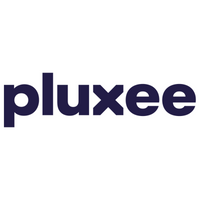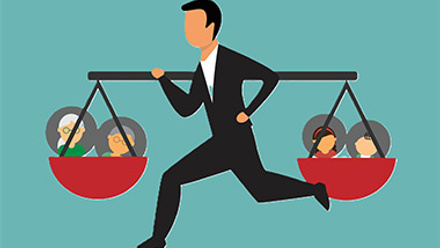Make your EAP work in the fight against stress and burnout
With April being Stress Awareness Month, occupational stress and burnout have been high on HR professionals’ minds.
People often feel stressed and how that stress manifests differs. Stress can be a driver, helping us to achieve goals, mild and fleeting or prolonged and unmanageable. It’s the latter that has employers concerned because prolonged and unmanageable stress can lead to burnout.
Sickness absence costs the UK economy £14bn annually and mental health illness caused by work-related stress makes up 48% of the absenteeism contributing to that figure. When the research says work-related stress is responsible for almost half of UK sickness absences, it’s time for employers to act.
Understanding burnout
It’s essential to educate managers on burnout and how they can recognise the five stages and provide resources to help prevent and resolve it.
When adding an employee assistance programme (EAP) into your employee benefits offering, it needs to be more than a tick-box exercise. Mental wellbeing must be embedded into your organisation’s core values and made an ongoing priority.
Making your EAP work
Before introducing your EAP to your workforce, it’s beneficial to invest in training mental health first aiders (MHFAs).
According to CPD Online, an MHFA’s responsibilities include:
- recognising the warning signs of mental ill health
- directing colleagues to appropriate places for further support
- actively working towards reducing stigma around mental health
- providing a receptive ear, listening without judging, and offering support.
Ensure your MHFAs are the first employees to get EAP training, creating superusers that can support their colleagues before rolling it out to the rest of your workforce.
Host team workshops
It's important to do more than send employees a link to their EAP. Workshops, taking employees through the EAP offering, will ensure they know what resources are available and where to find them.
Most EAPs offer access to BCAP-accredited counsellors face-to-face, by phone and by email 24 hours a day, 365 days a year, and in some cases, a wellbeing app employees can access on the go.
As well as giving access to essential support, a wealth of information is available to encourage employees to help themselves. This professionally produced information will support employees with non-work-related concerns like relationships and personal health.
Regarding the workplace, you can expect to find information on change, stress, conflict, promotion, pressure and retirement – all of which can cause employees additional stress.
Using the resources
Once your workforce knows where to find the resources, it can use them for support during significant business and life events, so it’s essential to keep sign-posting employees to them.
For example, if your business undergoes a restructuring or a rebrand, ensure you distribute the resources for handling change in the workplace. It’s easy to forget what’s available, so HR, internal communications, or your wellbeing representatives must keep the dialogue going.
Give managers tools
Even with trained MHFAs, your managers are still responsible for protecting their teams from stress and burnout. Within your EAP platform, you’ll often find additional resources for your managers that will give them the tools, skills, and confidence they need to support employees.
It’s essential that they’re up to date with and confident using the resources available within your EAP. This will ensure they’re authentic and empathetic leaders, trained and able to support employees through times of stress and prevent employee burnout.
Supplied by REBA Associate Member, Pluxee UK
Pluxee UK, is a leading employee benefits and engagement partner that opens up a world of opportunities to help people enjoy more of what really matters in their lives.








